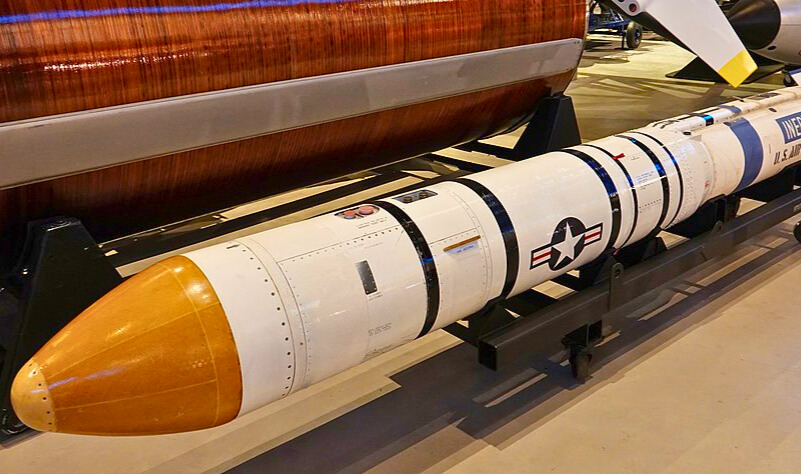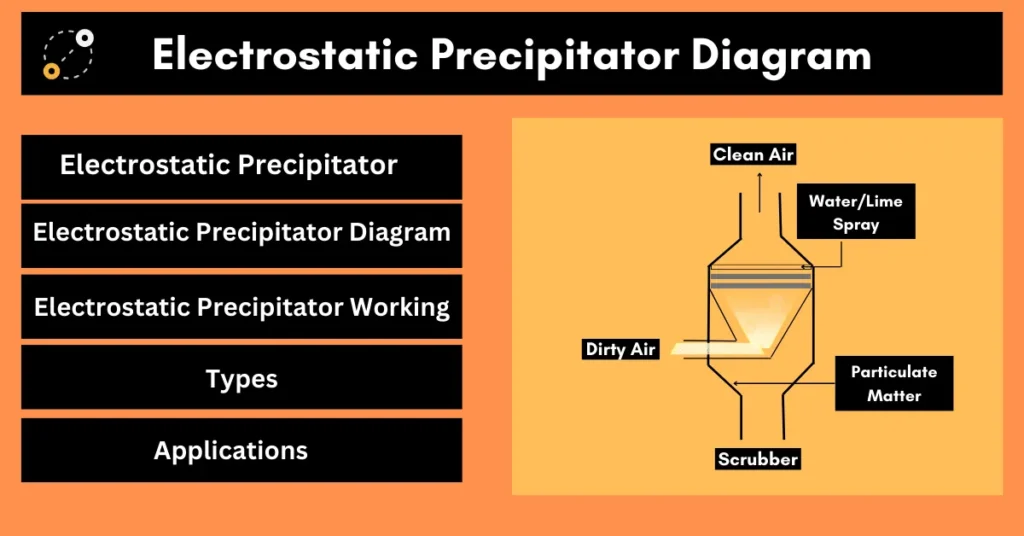What is mission shakti ?
- India is one of the four countries to have successfully tested a anti-satellite missile. The others are the USA, Russia and China.
- In 2007, China tested anti satellite missile by successfully targeting it’s own non functional remote sensing satellite, following that In 2010, the then defence minister announced the formation of an Integrated Space Cell, under the aegis of Integrated Defence Staff, as an intermediate initiative towards the establishment of an Aerospace command.
- In 2010 Space security coordination group was constituted under National security advisor. It also includes the Indian Air Force, DRDO and NTRO. It is the top most technical spying agency of the country responsible for observing the testing of the missiles and launch of satellites by other countries.
- The 130 kilogram Microsat-R military imaging satellite was made by the Defence Research and Development Organisation (DRDO).
- It was the first time that an Indian satellite was launched by ISRO into a low orbit, 274 kilometers above the earth.
- Next development was the setting up of the Defence space research agency. Its mandate is to develop space warfare weapon systems and technologies.
- In that sequence, another development was the creation of the Defence space agency, which will command space assets of the army, navy, Air Force including anti satellite capabilities. Additionally, it will develop a plan to safeguard India’s space interests, including how to deal with threats from space. It will be headed by the officer of the rank of air vice Marshall, it will evolve into space command.
- The existing military space agencies including the Defence Image Processing and Analysis Centre located in New Delhi, Defence Satellite Control Centre located in Bhopal will be merged with Defence Space Agency (DSA).
- DSA will be supported by the Defence Space Research Organization.
Geopolitical Implication of Mission Shakti
- India will be given a role in any future international convention that deals with the regulation or use of space as a result of its emergence as a space power.
- The use of nuclear weapons can now be extremely costly in the case of Pakistan, a terrestrial power.
- Currently, Pakistan believes that India’s no first use policy provides them the upper hand, but if ASAT capabilities advance, India will be able to shoot down an approaching Pakistani nuclear missile.
- This will have a big deterrent effect on Pakistan’s posture.
- India’s counter space capabilities will act as a crucial balancing deterrence against China, a considerable space power.
Other Developments In The Ballistic Missile Defence System Of India
- The S 400 Triumph missile defence system is being procured from Russia. It will be capable of destroying the incoming ballistic missiles along with other enemy targets such as fighter jets, cruise missiles, UAVs etc.
- Barak 8, naval long range surface to air missile (LR-SAM) jointly developed by India and Israel can also destroy ballistic missiles along with other targets such as anti-ship missiles, aircraft, helicopters, UAVs, cruise missiles etc.
- However, its capability to destroy powerful ballistic missiles is limited.

Credit : Vitaly V. Kuzmin via Wikimedia Commons
Anti-satellite (ASAT) System
- ASAT is a missile based system to attack moving satellites.
- It is of 2 kinds based on launching from the ground or from planes.
- Anti Satellite (ASAT) was developed by the Defence Research and Development (DRDO) which is completely indigenous.
Significance
- Mostly important applications are now based on satellite which includes communication networks, broadcasting, banking system, stock markets, weather forecasting, disaster management land, navigation systems, ocean mapping, monitoring tools, and military applications.
- These applications would become worthless if a satellite were destroyed.
- It was done to improve India’s overall security as well as its ability to protect space assets.
FAQs
Which is the first ASAT in India?
Mission Shakti was country’s first ASAT which was successfully conducted on 27th March 2019.
What is the purpose of the ASAT?
Anti-satellite weapons are those weapons which are used to destroy space satellites.
Does India have S-400 missile system?
At present India does not have but contracted five S-400 regiments, signed in October 2018.





